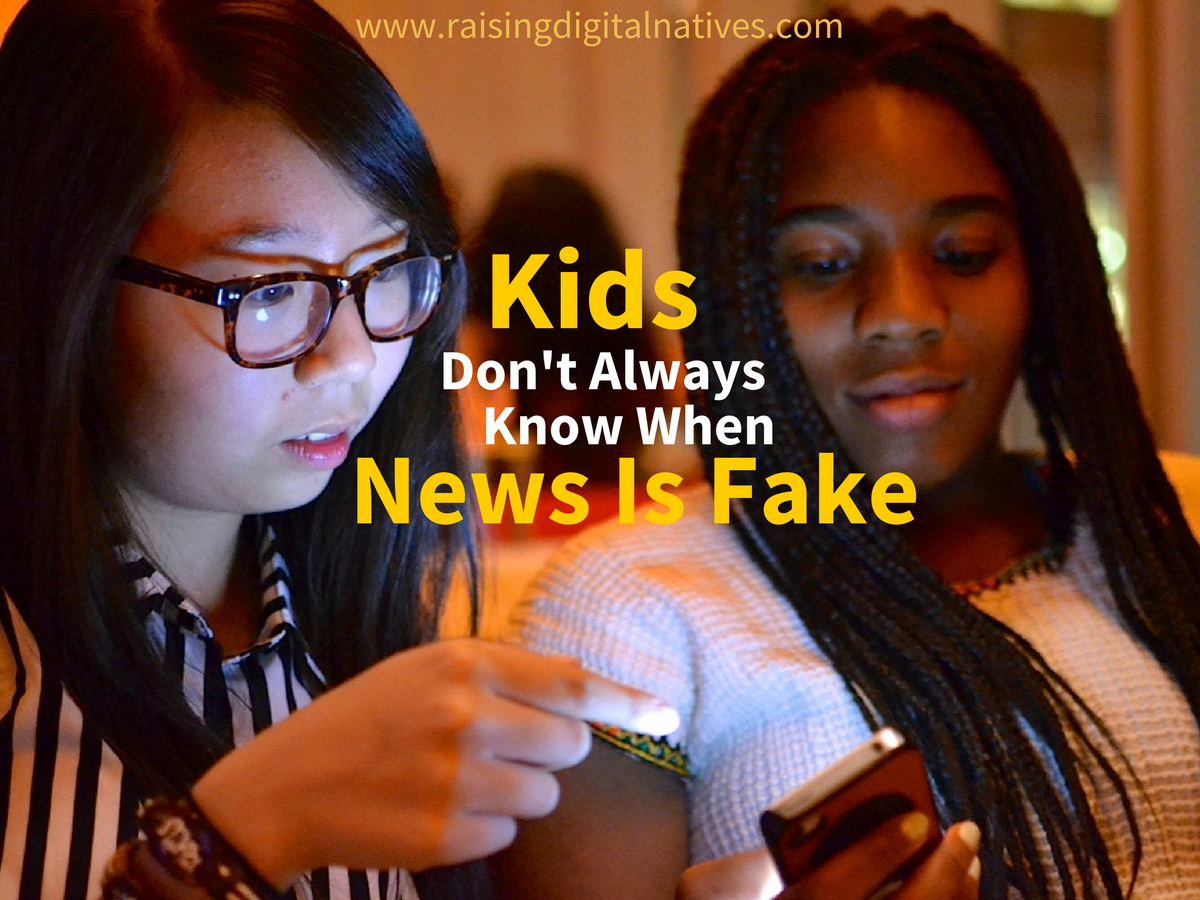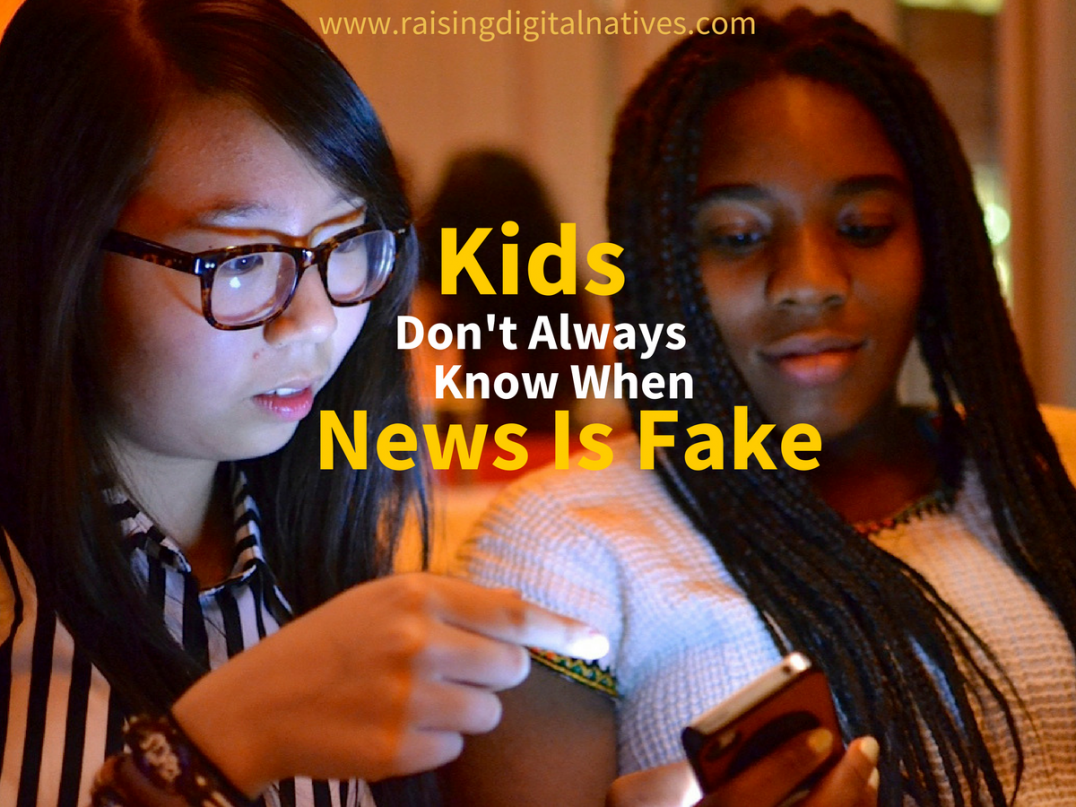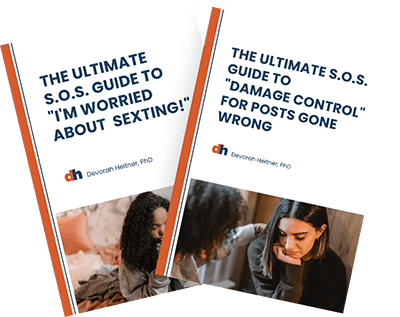 A new study from a group of researchers at Stanford is making waves with the finding that kids can’t identify “fake news” nor can they distinguish “sponsored content” from reported news. Of course, this concerns parents and educators.
A new study from a group of researchers at Stanford is making waves with the finding that kids can’t identify “fake news” nor can they distinguish “sponsored content” from reported news. Of course, this concerns parents and educators.
I spoke to both the Wall Street Journal and the BBC World News about the study, and shared some ideas for how we can mentor kids to empower them be smart consumers of news. Sue Shellenbarger quoted me in the Wall Street Journal article, called Most Students Don’t Know When News Is Fake, Stanford Study Finds.
Helping Kids Be More Media-Savvy
Here are some things you can do to help kids read more critically:
- Talk/listen to kids about what they are reading and share what you are reading.
- For middle school and high school kids, introduce them to the concept of the “filter bubble.” The “filter bubble” means that our searches and social choices feed algorithms about our preferences that make it more likely we’ll be shown news that confirms, rather than stretches, our view of the world.
- For kids of all ages, if they are concerned about what they are hearing or reading, be sure they know they can talk with you about the news.
- Advise them to look for terms like “sponsored content” and to turn on their skeptical brain when they read. But we should never make kids feel dumb if they are taken in by a “fake news” story. We want our kids to have healthy skepticism and to be mad at anyone who attempts to dupe them.
- Teach kids to check out who produced a story and to consider how different sources might compare in terms of trustworthiness.
What other things have you done to address this issue? Please share them with me in the comments section below, or here on my Facebook page.

